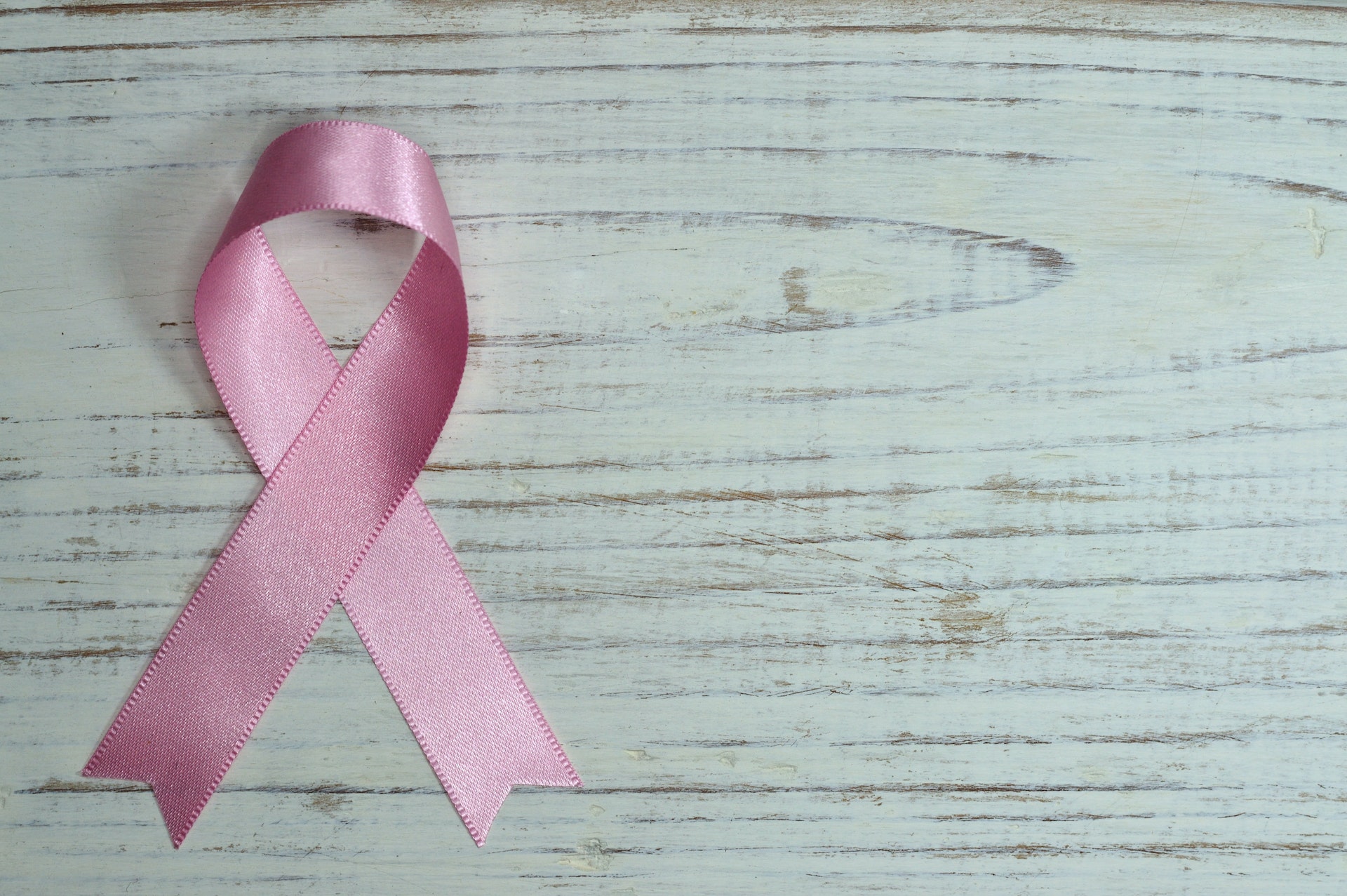5 Things You Should Know About Oncology Studies
If you are considering enrolling in an oncology study, you should know what to expect. Clinical trials involve cancer patients and test new treatments or combinations of existing treatments. They can be stressful but can also help discover new cancer treatments. In addition to providing treatment options, clinical trials also map where genes are located in the nucleus of human cells.

Clinical trials are research studies involving cancer patients.
In addition to researching the effects of new medicines and treatments on cancer patients, clinical trials can help researchers find better ways to diagnose the disease. In addition to treating the disease, many attempts are designed to improve a patient’s quality of life. These trials are conducted in conjunction with other research projects.
Using cancer patients in research studies is one of the most effective ways to advance cancer treatments. It is one of the fastest ways to find new drugs and medicines. Clinical trials involve cancer patients of all ages and different types. Some focus on evaluating cutting-edge treatments, while others compare two or more treatments. Whatever the treatment, the goal is the same: to find new ways to treat cancer and improve the quality of patients’ lives.
Before participating in a clinical trial, patients must agree to participate in a rigorous informed consent process. This involves a medical team explaining the study to them, completing the required paperwork, and discussing its potential side effects and outcomes. Patients also have the right to withdraw from the study at any time.
Test new treatments or combinations of existing treatments.
In these oncology studies, a new treatment or combination of treatments is given to a group of patients. Patients are randomly assigned to the research or a standard group. These studies enroll many patients and are conducted in many different locations. They help doctors decide which new treatments are most effective for cancer patients.
These studies include various types of tests. The first type involves clinical trials and small amounts of a new treatment. It enables researchers to check whether the treatment works by ensuring the drug can reach the tumor. They also measure how the treatment works in the body and whether it has side effects. These studies may be conducted at a major cancer center or doctors’ offices.
Map the location of genes in the nucleus of human cells.
The nucleus of human cells is a storage compartment for DNA and contains several distinct structures known as nuclear bodies and nuclear domains. The messages that genes send to one another are within these structures, called RNA transcripts. A recent study by researchers at the University of Toronto has mapped the location of genes within the nucleus, revealing the distribution of RNA transcripts within different nuclear bodies and domains. These findings may help scientists better understand the role of these structures in gene regulation and cell division.
In 2005, scientists created a catalog of common genetic variations in human cells. This map, referred to as a Haplotype, has helped geneticists identify genes involved in many common diseases. Since then, geneticists have also identified an additional layer of heritable genetic information outside the genome, called the epigenome, which tells the genome what to do. The DNA in a human cell contains the instructions for building proteins, which are responsible for many functions within the cell.
Chronic Stress
There are a variety of reasons why oncology studies can be stressful. While it’s normal to experience stress during everyday life, chronic stress can have long-lasting effects on the body. Chronic stress is also known to decrease one’s sense of well-being. Managing stress can help cancer patients live more balanced lives, which can help them cope with the disease.
Researchers have found that psychological stress can impact tumor growth and spread. In a study involving mice with human tumors, researchers found that exposure to stress increased tumor growth and spread. They also found that tumors transplanted into mice’s mammary fat pads were more likely to apply to the lymph nodes and lungs.
Help improve cancer survival rates
If you’ve been diagnosed with cancer, you should be familiar with the latest statistics on cancer survival. These statistics compare the survival rates of cancer patients with different treatments and can be helpful when deciding on the right course of treatment. However, statistics are not a substitute for a physician’s judgment.
Although survival rates in most high-income countries continue to increase, international disparities remain, particularly for cancers with the worst prognosis. However, advances in treatment and earlier diagnosis have led to better outcomes. The evidence-based interventions that have improved cancer control are responsible for this progress.


